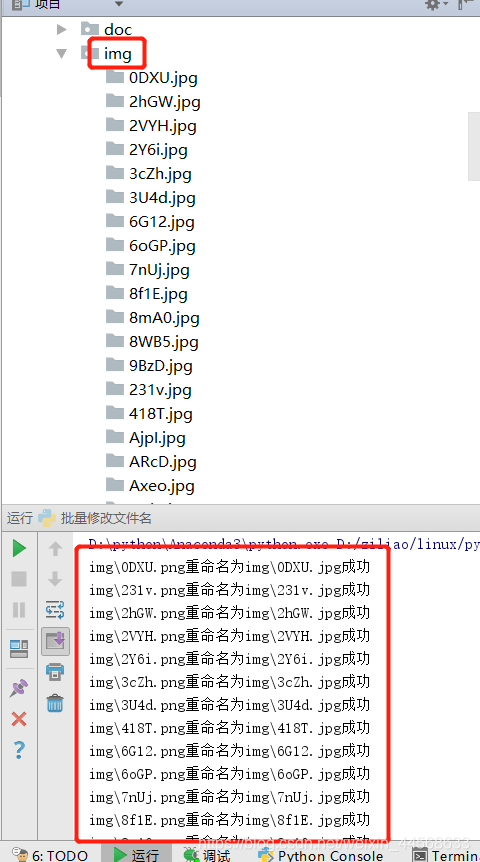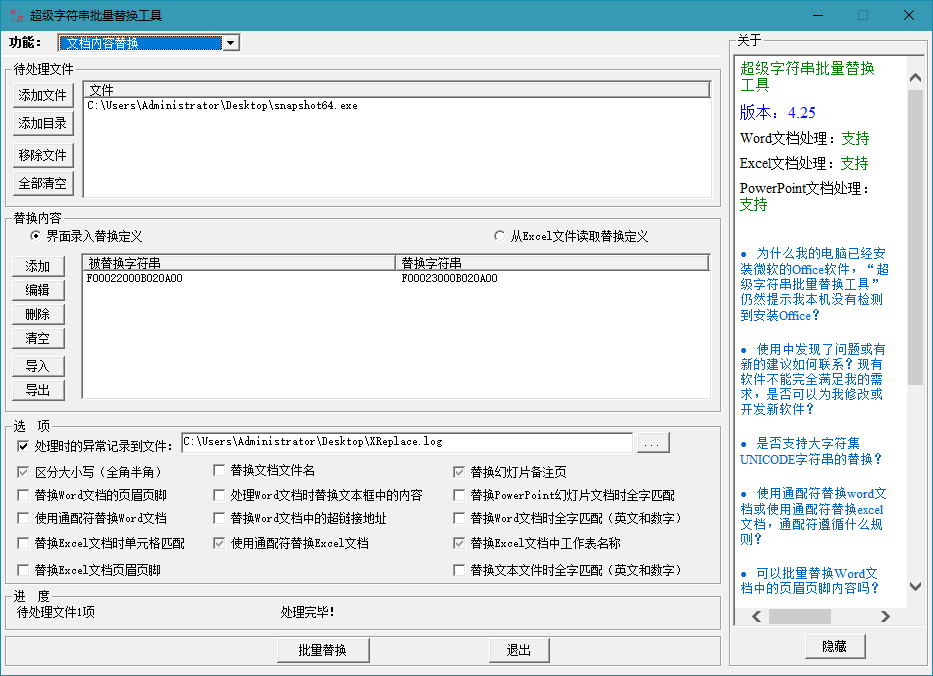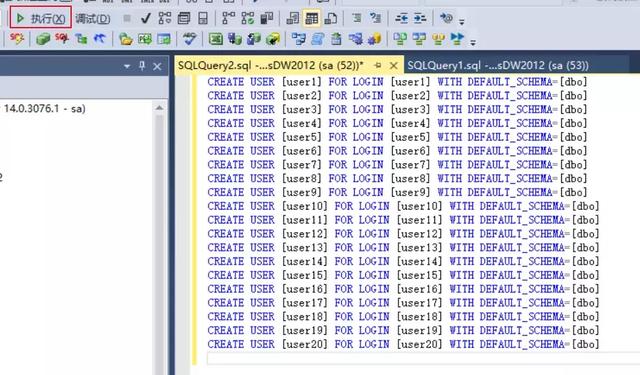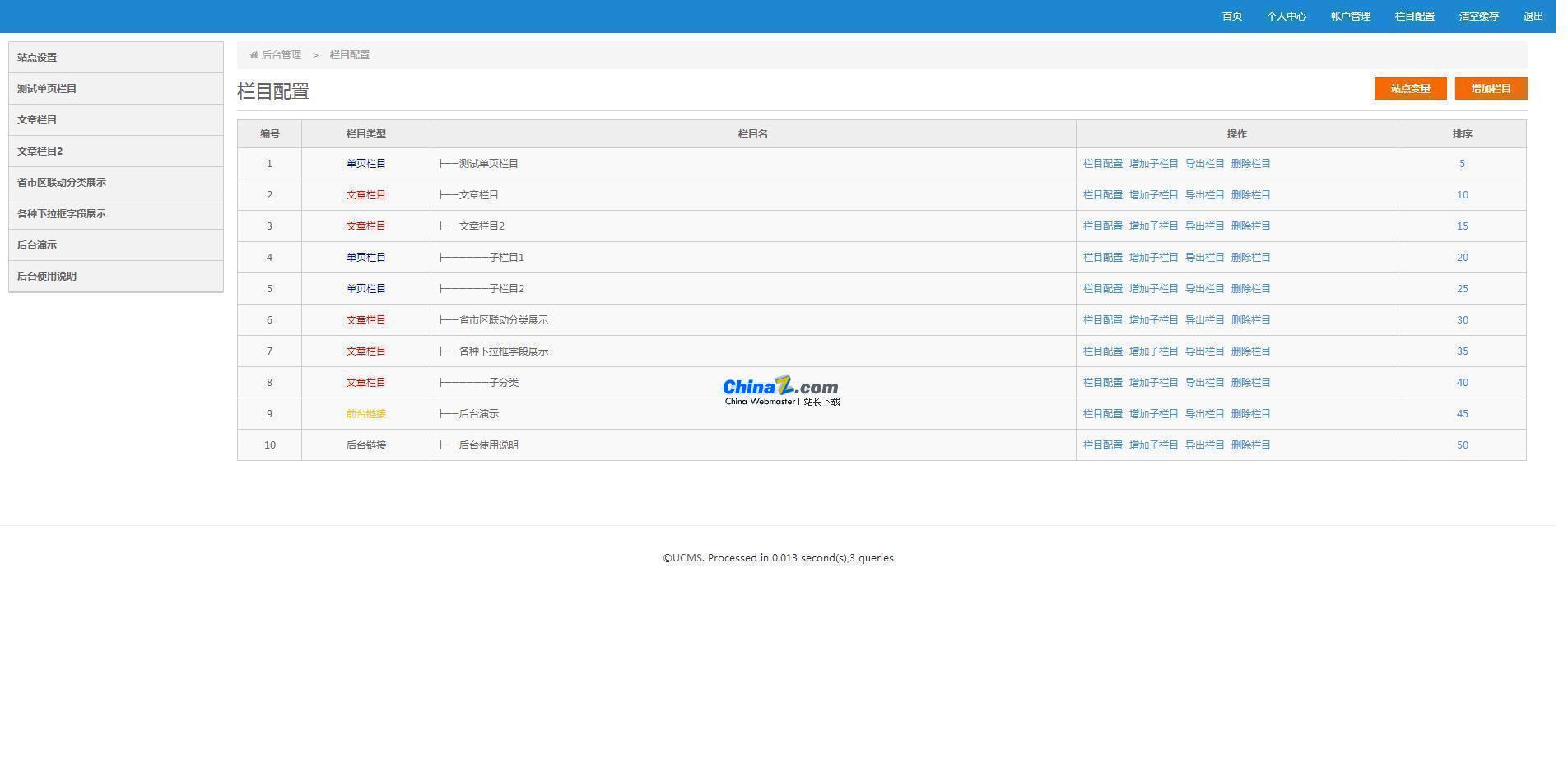java字符串拼接-Java加号“+”String的五种方法处理字符串拼接
五种拼接方式
字符串拼接一般使用“+”,但是“+”不能满足大批量数据的处理,Java中有以下五种方法处理字符串拼接,各有优缺点,程序开发应选择合适的方法实现。
加号 “+”String contact() 方法StringUtils.join() 方法StringBuffer append() 方法StringBuilder append() 方法
> 经过简单的程序测试,从执行100次到90万次的时间开销如下表:

由此可以看出:
方法1 加号 “+” 拼接 和 方法2 String contact() 方法 适用于小数据量的操作,代码简洁方便,加号“+” 更符合我们的编码和阅读习惯;方法3 StringUtils.join() 方法 适用于将ArrayList转换成字符串,就算90万条数据也只需68ms,可以省掉循环读取ArrayList的代码;方法4 StringBuffer append() 方法 和 方法5 StringBuilder append() 方法 其实他们的本质是一样的,都是继承自AbstractStringBuilder,效率最高,大批量的数据处理最好选择这两种方法。方法1 加号 “+” 拼接 和 方法2 String contact() 方法 的时间和空间成本都很高(分析在本文末尾),不能用来做批量数据的处理。源代码,供参考

package cnblogs.twzheng.lab2;
/**
*
*/
import java.util.ArrayList;
import java.util.List;
import org.apache.commons.lang3.StringUtils;
public class TestString {
private static final int max = 100;
public void testPlus() {
System.out.println(">>> testPlus() <<<");
String str = "";
long start = System.currentTimeMillis();
for (int i = 0; i < max; i++) {
str = str + "a";
}
long end = System.currentTimeMillis();
long cost = end - start;
System.out.println(" {str + \"a\"} cost=" + cost + " ms");
}
public void testConcat() {
System.out.println(">>> testConcat() <<<");
String str = "";
long start = System.currentTimeMillis();
for (int i = 0; i < max; i++) {
str = str.concat("a");
}
long end = System.currentTimeMillis();
long cost = end - start;
System.out.println(" {str.concat(\"a\")} cost=" + cost + " ms");
}
public void testJoin() {
System.out.println(">>> testJoin() <<<");
long start = System.currentTimeMillis();
List list = new ArrayList();
for (int i = 0; i < max; i++) {
list.add("a");
}
long end1 = System.currentTimeMillis();
long cost1 = end1 - start;
StringUtils.join(list, "");
long end = System.currentTimeMillis();
long cost = end - end1;
System.out.println(" {list.add(\"a\")} cost1=" + cost1 + " ms");
System.out.println(" {StringUtils.join(list, \"\")} cost=" + cost
+ " ms");
}
public void testStringBuffer() {
System.out.println(">>> testStringBuffer() <<<");
long start = System.currentTimeMillis();
StringBuffer strBuffer = new StringBuffer();
for (int i = 0; i < max; i++) {
strBuffer.append("a");
}
strBuffer.toString();
long end = System.currentTimeMillis();
long cost = end - start;
System.out.println(" {strBuffer.append(\"a\")} cost=" + cost + " ms");
}
public void testStringBuilder() {
System.out.println(">>> testStringBuilder() <<<");
long start = System.currentTimeMillis();
StringBuilder strBuilder = new StringBuilder();
for (int i = 0; i < max; i++) {
strBuilder.append("a");
}
strBuilder.toString();
long end = System.currentTimeMillis();
long cost = end - start;
System.out
.println(" {strBuilder.append(\"a\")} cost=" + cost + " ms");
}
}
复制
测试结果
执行100次, private static final int max = 100;
>>> testPlus() <<<
{str + "a"} cost=0 ms
>>> testConcat() <<<
{str.concat("a")} cost=0 ms
>>> testJoin() <<<
{list.add("a")} cost1=0 ms
{StringUtils.join(list, "")} cost=20 ms
>>> testStringBuffer() <<<
{strBuffer.append("a")} cost=0 ms
>>> testStringBuilder() <<<
{strBuilder.append("a")} cost=0 ms
复制
执行1000次, private static final int max = 1000;

>>> testPlus() <<<
{str + "a"} cost=10 ms
>>> testConcat() <<<
{str.concat("a")} cost=0 ms
>>> testJoin() <<<
{list.add("a")} cost1=0 ms
{StringUtils.join(list, "")} cost=20 ms
>>> testStringBuffer() <<<
{strBuffer.append("a")} cost=0 ms
>>> testStringBuilder() <<<
{strBuilder.append("a")} cost=0 ms
复制
执行1万次, private static final int max = 10000;
>>> testPlus() <<<
{str + "a"} cost=150 ms
>>> testConcat() <<<
{str.concat("a")} cost=70 ms
>>> testJoin() <<<
{list.add("a")} cost1=0 ms
{StringUtils.join(list, "")} cost=30 ms
>>> testStringBuffer() <<<
{strBuffer.append("a")} cost=0 ms
>>> testStringBuilder() <<<
{strBuilder.append("a")} cost=0 ms
复制
执行10万次, private static final int max = 100000;
>>> testPlus() <<<
{str + "a"} cost=4198 ms
>>> testConcat() <<<
{str.concat("a")} cost=1862 ms
>>> testJoin() <<<
{list.add("a")} cost1=21 ms
{StringUtils.join(list, "")} cost=49 ms
>>> testStringBuffer() <<<
{strBuffer.append("a")} cost=10 ms
>>> testStringBuilder() <<<
{strBuilder.append("a")} cost=10 ms

复制
执行20万次, private static final int max = 200000;
>>> testPlus() <<<
{str + "a"} cost=17196 ms
>>> testConcat() <<<
{str.concat("a")} cost=7653 ms
>>> testJoin() <<<
{list.add("a")} cost1=20 ms
{StringUtils.join(list, "")} cost=51 ms
>>> testStringBuffer() <<<
{strBuffer.append("a")} cost=20 ms
>>> testStringBuilder() <<<
{strBuilder.append("a")} cost=16 ms
复制
执行50万次, private static final int max = 500000;
>>> testPlus() <<<
{str + "a"} cost=124693 ms
>>> testConcat() <<<
{str.concat("a")} cost=49439 ms
>>> testJoin() <<<
{list.add("a")} cost1=21 ms
{StringUtils.join(list, "")} cost=50 ms
>>> testStringBuffer() <<<
{strBuffer.append("a")} cost=20 ms
>>> testStringBuilder() <<<
{strBuilder.append("a")} cost=10 ms
复制

执行90万次, private static final int max = 900000;
>>> testPlus() <<<
{str + "a"} cost=456739 ms
>>> testConcat() <<<
{str.concat("a")} cost=186252 ms
>>> testJoin() <<<
{list.add("a")} cost1=20 ms
{StringUtils.join(list, "")} cost=68 ms
>>> testStringBuffer() <<<
{strBuffer.append("a")} cost=30 ms
>>> testStringBuilder() <<<
{strBuilder.append("a")} cost=24 ms
复制
查看源代码,以及简单分析
String contact 和 StringBuffer,StringBuilder 的源代码都可以在Java库里找到,有空可以研究研究。
其实每次调用contact()方法就是一次数组的拷贝,虽然在内存中是处理都是原子性操作,速度非常快,但是,最后的return语句会创建一个新String对象,限制了concat方法的速度。
public String concat(String str) {
int otherLen = str.length();
if (otherLen == 0) {
return this;
}
int len = value.length;
char buf[] = Arrays.copyOf(value, len + otherLen);
str.getChars(buf, len);
return new String(buf, true);
}

复制
StringBuffer 和 StringBuilder 的append方法都继承自AbstractStringBuilder,整个逻辑都只做字符数组的加长,拷贝,到最后也不会创建新的String对象,所以速度很快,完成拼接处理后在程序中用strBuffer.toString()来得到最终的字符串。
/**
* Appends the specified string to this character sequence.
*
* The characters of the {@code String} argument are appended, in
* order, increasing the length of this sequence by the length of the
* argument. If {@code str} is {@code null}, then the four
* characters {@code "null"} are appended.
*
* Let n be the length of this character sequence just prior to
* execution of the {@code append} method. Then the character at
* index k in the new character sequence is equal to the character
* at index k in the old character sequence, if k is less
* than n; otherwise, it is equal to the character at index
* k-n in the argument {@code str}.
*
* @param str a string.
* @return a reference to this object.
*/
public AbstractStringBuilder append(String str) {
if (str == null) str = "null";
int len = str.length();
ensureCapacityInternal(count + len);
str.getChars(0, len, value, count);
count += len;
return this;
}
/**
* This method has the same contract as ensureCapacity, but is
* never synchronized.
*/
private void ensureCapacityInternal(int minimumCapacity) {
// overflow-conscious code
if (minimumCapacity - value.length > 0)
expandCapacity(minimumCapacity);
}
/**
* This implements the expansion semantics of ensureCapacity with no
* size check or synchronization.
*/
void expandCapacity(int minimumCapacity) {
int newCapacity = value.length * 2 + 2;
if (newCapacity - minimumCapacity < 0)
newCapacity = minimumCapacity;
if (newCapacity < 0) {
if (minimumCapacity < 0) // overflow
throw new OutOfMemoryError();
newCapacity = Integer.MAX_VALUE;
}
value = Arrays.copyOf(value, newCapacity);
}
复制
字符串的加号“+” 方法java字符串拼接, 虽然编译器对其做了优化,使用StringBuilder的append方法进行追加,但是每循环一次都会创建一个StringBuilder对象,且都会调用toString方法转换成字符串,所以开销很大。
注:执行一次字符串“+”,相当于 str = new StringBuilder(str).append("a").toString();
本文开头的地方统计了时间开销,根据上述分析再想想空间的开销。常说拿空间换时间,反过来是不是拿时间换到了空间呢,但是在这里,其实时间是消耗在了重复的不必要的工作上(生成新的对象,toString方法),所以对大批量数据做处理时java字符串拼接,加号“+” 和 contact 方法绝对不能用,时间和空间成本都很高。
老坛酸菜WH | cnblogs.com/twzheng/p/5923642.html


 上一篇
上一篇 








